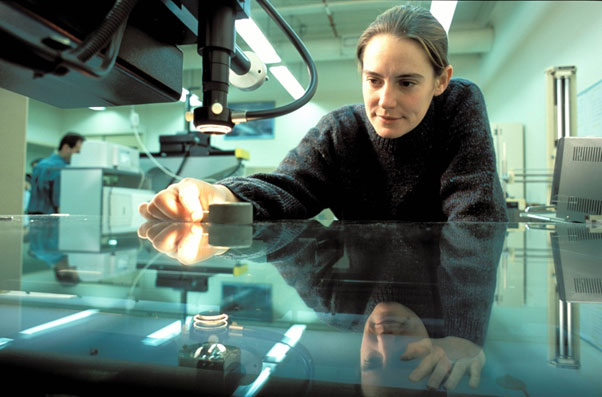
In March this year saw the release of the 2016 Global Manufacturing Competitiveness Index (92 pages) and Australia came in at 21 of 40 manufacturing nations. But it’s also true than in the projected rankings for 2020, Australia comes in at 22 out of 40. Status quo. With close attention, Australia might even be able to do better.
The Index offers an analysis of what drives global manufacturing competitiveness. It comes up with 12 factors, two of which are intimately related to education and training: talent and education infrastructure. Here’s what the Index has to say about talent:
… advanced economies tend to spend more on education as a percentage of their overall GDP, demonstrating just how important education is in developing a skilled workforce and how an investment in talent is really an investment in manufacturing competitiveness.
Talent and educational infrastructure
Australia will need to approach manufacturing industry talent development in new ways, partly by encouraging new forms of apprenticeships (both in level of qualifications and through introducing them to non-traditional occupations and industries).
Talent is ranked as the first main driver for manufacturing success. Education infrastructure is ranked number 6, closely linked with talent. The following excerpt from the Index report emphasises universities, but you can readily see how what’s written applies to VET:
Education infrastructure is a foundational requirement for the development of talent. In today’s borderless economy, nations compete by being global leaders in attracting, developing and retaining top science and engineering talent to drive world class innovation and R&D. This demands for an education system that arms students with advanced STEM skills, creative problem solving skills, entrepreneurial training and leadership skills. A nation’s key to greater manufacturing competitiveness lies in a workforce equipped with the science and math backgrounds to compete with the best, and the creativity, business acumen and leadership to be pace setters for the world.
It remains the case that two-thirds of Australia’s STEM workforce is VET-trained, and that weight of capability will need to continue for Australia’s manufacturing industry to flourish.








